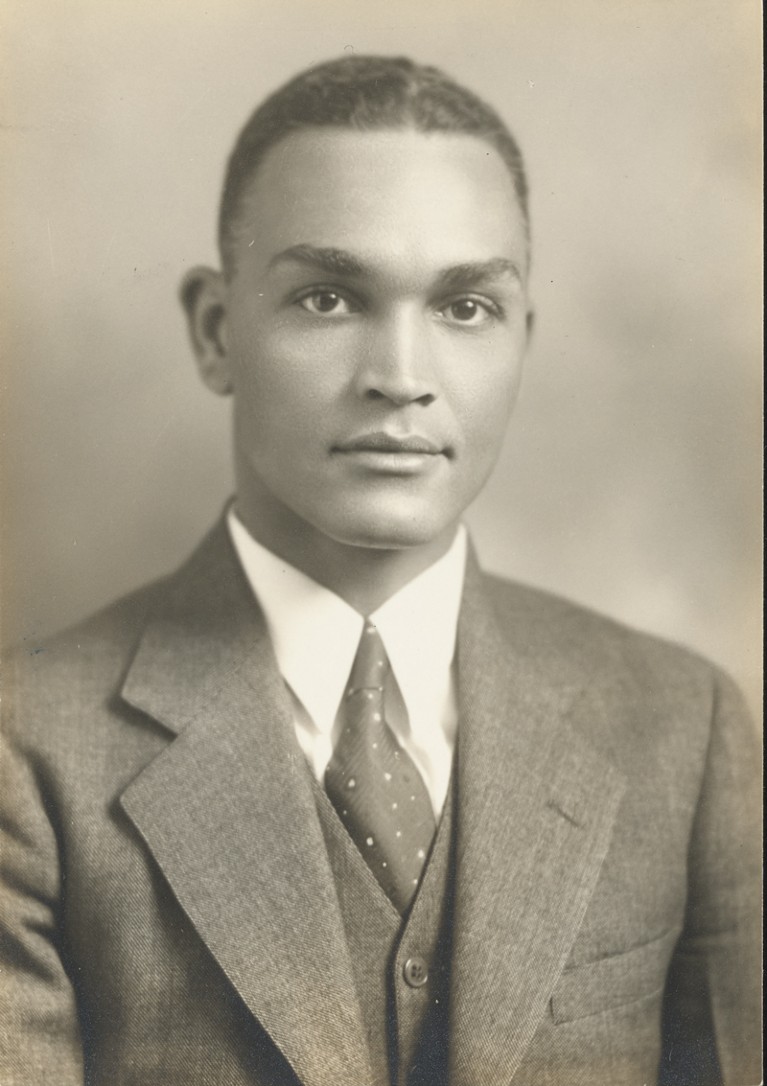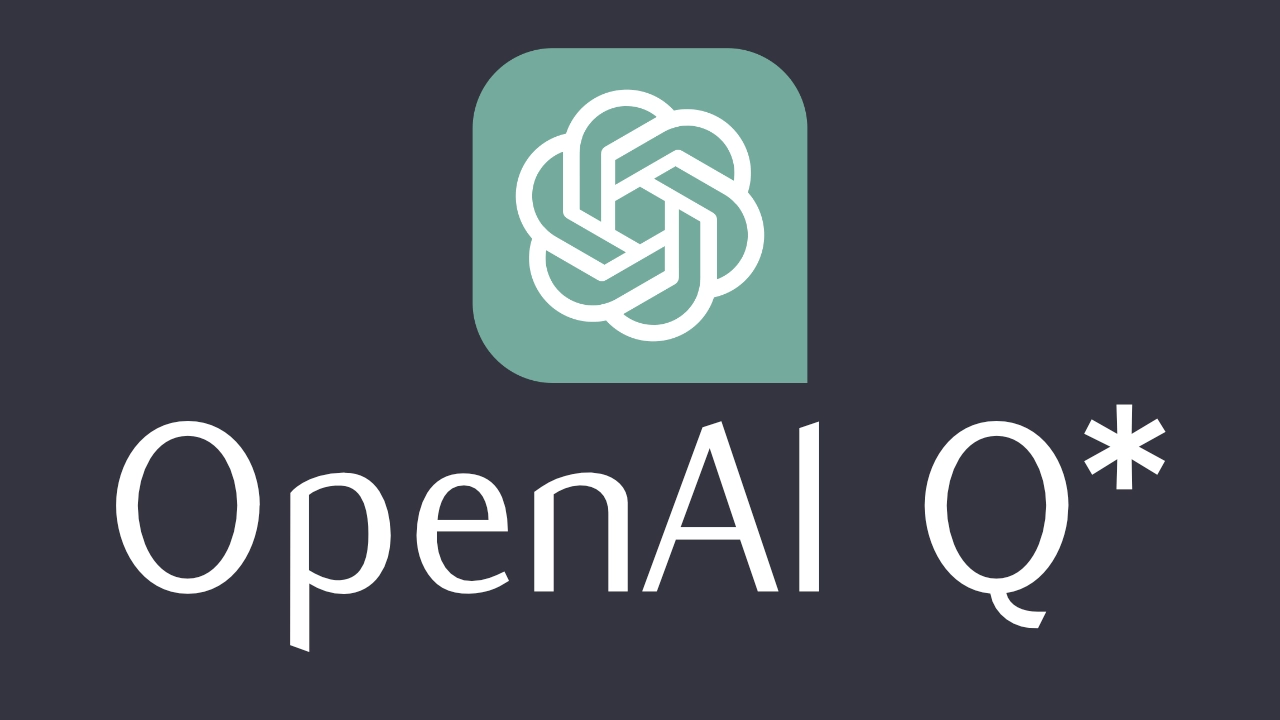[ad_1]
Journeys of Black Mathematicians: Forging Resilience Zala Films Directed by George Csicsery
What does a mathematician look like? Standing in front of a room of Black children aged six to twelve, research mathematician Zerotti Woods — who posed the question — is not far off their description. Woods, who is based at Johns Hopkins University in Baltimore, Maryland, is wearing nice trousers, a jacket and even round glasses. Yet he’s told he doesn’t look like a mathematician. Their unspoken assumption seems to be that mathematicians are white.
In the documentary Journeys of Black Mathematicians: Forging Resilience, film maker George Csicsery interviews more than 50 scholars, who speak about the value of mathematics, share parts of their journeys and look to the future. The film, which was co-produced with the Mathematical Sciences Research Institute, premiered in January and has been released online. By juxtaposing career paths with the historical timeline of the civil-rights movement in the United States, the film seeks to show what Black mathematicians have been through and provide hope for what can be. That hope is more than a wish. It is backed up by descriptions of supportive programmes, nurturing educators, positive changes in the community and success stories.
Historical attitudes toward Black mathematicians thread through the film. Scholars such as William Claytor faced blatant discrimination throughout their careers. The US Supreme Court’s 1954 integration decision, in which segregated schools were deemed unconstitutional, gave Black students access to white educational spaces. But such access did not necessarily come with better education or treatment. One interviewee notes that the good teachers at Black schools did not follow the children to the desegregated schools. In higher education, Black spaces did not cease to exist. Historically Black colleges and universities (HBCUs) were almost all founded before desegregation, because most pre-existing institutions, particularly in the southern states, either prohibited Black students from attending, or limited their presence through quotas.
Role models
Teaching and learning at HBCUs is a point of pride throughout the documentary. These are places where Black maths students are nurtured rather than ‘othered’. Many interviewees describe how the representation and support they found at these colleges propelled them into the field.
Academic workplaces are still failing Black women; they must do better
Among those acknowledged as impactful educators are Claude Dansby, who was at Morehouse College in Atlanta, Georgia, from 1922 to 1967, and Etta Falconer, who was mainly at Spelman College, also in Atlanta, between 1965 and 1985. Through interviews with former students and colleagues, Csicsery draws parallels between them and two mathematicians currently at Morehouse: Duane Cooper and Ulrica Wilson. All are beloved by students and are considered the main reason that some pursued and succeeded in maths. All four had a crucial influence on the paths of dozens of Black mathematicians — which speaks not just to their teaching methods, but more importantly to how they supported their students, and believed in and cared about them. Woods specifically mentions that Cooper taking responsibility for him was the only reason that he was allowed to finish his degree at Morehouse after having been expelled for a year. That care made all the difference.
Many who were interviewed in the film note just how few Black people they met on their maths journey. I’ve also found this. According to the 2018 US Mathematical and Statistical Sciences Annual Survey, 2.9% of US maths PhDs were awarded to Black mathematicians that year (see go.nature.com/3tphae6). Given that around 14% of the US population is Black, this number is incredibly low.
If you’re looking for an explanation, the documentary describes some of the roots of the systemic racism that still permeates maths. The US National Association for Mathematicians (NAM), created in 1969, aims to promote excellence in the mathematical sciences and “the mathematical development of underrepresented minorities”. Civil-rights pioneer and former educator at Winston-Salem State University in North Carolina, Virginia Newell, who appears in the film, makes its origins clear: “The reason why we started the NAM was because the whites did not want us at their meetings.” And how could Black mathematicians be welcome when meetings were being held at segregated institutions?

William Claytor was discouraged by the racism prevalent in the field.Credit: Courtesy of the Dolph Briscoe Centre for American History
Black people are often still being treated disrespectfully at maths meetings, confirmed a 2021 report by an American Mathematical Society task force (see go.nature.com/43dhf67). By organizing a range of events — such as lecture series, sessions at large maths conferences and MATHFest, an annual meeting and networking event for undergraduate students — and by ensuring Black scholars are invited to them, NAM provides, crucially, a community.
Aspirations for the future
The stories of Black mathematicians shared in the film are inspiring. It is wonderful to learn about successes in academia and industry — but there is still a long way to go. Csicsery makes that clear by titling the final chapter of the film ‘Unfinished business’. The percentage of US maths PhDs earned by Black people has remained mostly unchanged since 1978. “We’ve not moved the needle in producing PhDs,” notes Freeman Hrabowski III, former president of the University of Maryland in Catonsville, who grew up in segregated Alabama.
Stirring biopic of the first woman to win top maths prize
The question that needs to be asked now is which spaces are worth entering. The film suggests that Black people should be everywhere, so that there are those with similar mindsets and values in every room. But I disagree; there are some rooms that we should not aspire to enter. Not just because they provide a hostile environment — that can eventually be changed. But because some spaces have too high a moral cost. Is it worthwhile to create weapons or work for security agencies, for example, in a push for representation? For me, the answer to that is absolutely not.
Csicsery’s film did not interrogate that idea, but we should. We should sit with the discomfort of the fact that pushing back against the inequities of the past and present should not include contributing to the oppression of others. When watching this worthwhile film, you will be equipped with enough history to ponder another question: where do we go from here?
Competing Interests
The author declares no competing interests.
[ad_2]
Source Article Link




